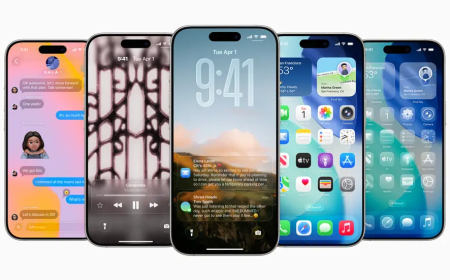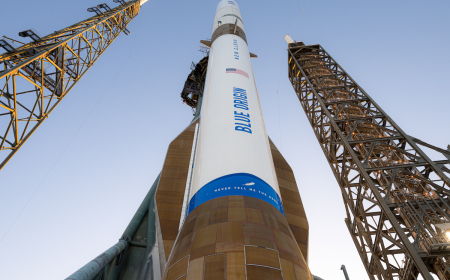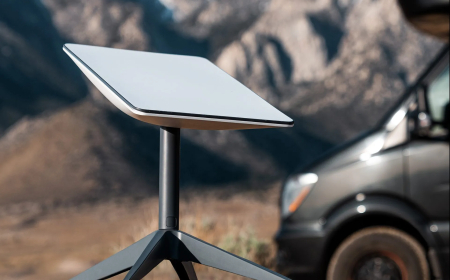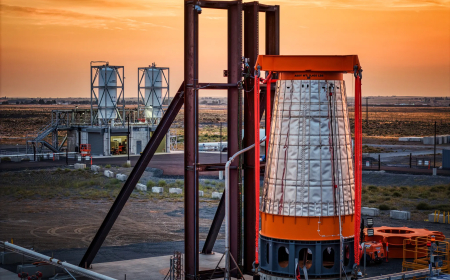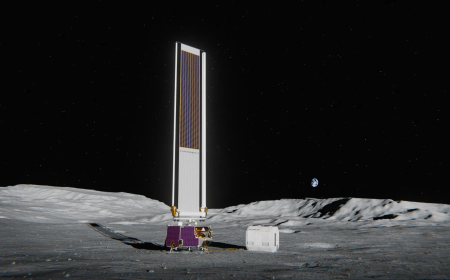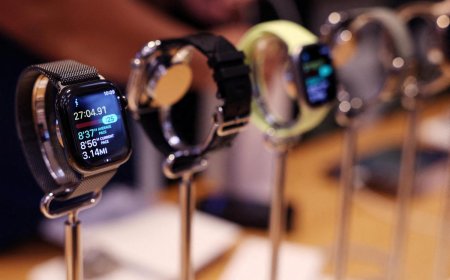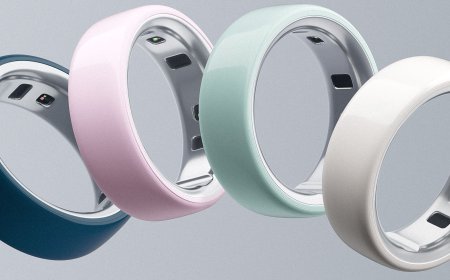The iPhone Air’s Real Breakthrough Is Its Battery
The iPhone Air's real innovation lies in its battery, featuring a revolutionary metal can design that offers more space and durability. This breakthrough technology is set to transform future mobile devices and smaller gadgets like AR and VR glasses.
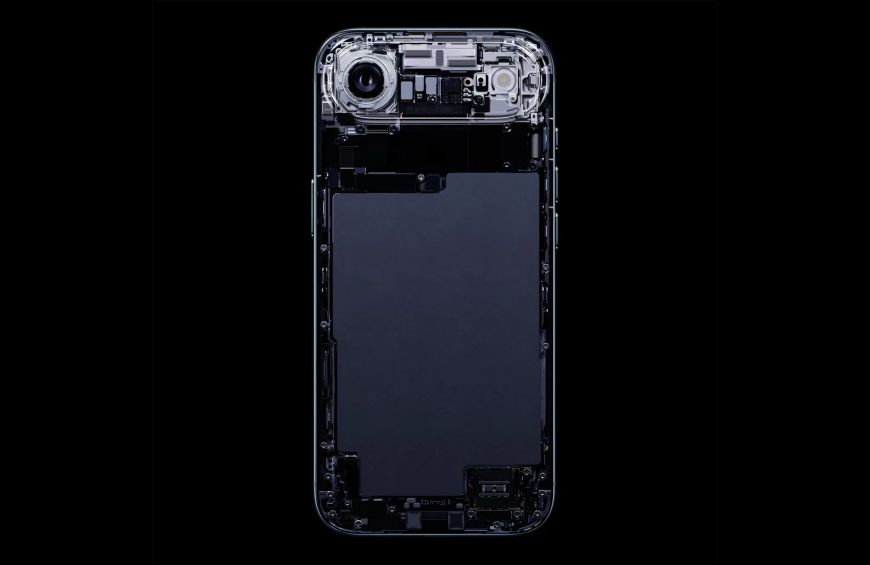
The iPhone Air’s slim design might grab your attention, and the engineering that went into miniaturising its logic board is undoubtedly impressive. But according to Gene Berdichevsky, co-founder and CEO of battery materials manufacturer Sila, the real breakthrough could be hiding inside the aluminium and glass shell.
“The battery in the new iPhone is pretty remarkable,” Berdichevsky told TechCrunch. “The completely arbitrary, two-dimensional shape — you look at the shape, and it’s pretty amazing.”
“I just got back from Asia and I got a chance to see some of these cells,” he added. “It’s a revolutionary piece of battery tech.”
Berdichevsky knows a thing or two about batteries. As Tesla’s seventh employee, he led the engineering for the original Roadster’s battery, which became the template for Tesla’s future vehicles. Now, he leads Sila, a company producing silicon anode materials for consumer electronics and, soon, electric cars.
The iPhone Air’s unique notched design is made possible by a technology Apple has patented called a metal can battery. The key detail here is in the name: a metal casing surrounds the entire cell, giving it added strength and physical durability. Most batteries in consumer electronics use pouch cells, which have a soft plastic casing that’s cheap to manufacture and allows for some swelling.
Apple has used L-shaped batteries in iPhones for years. All lithium-ion batteries swell to some degree, and the interior corner of the L becomes a pinch point when that swelling occurs.
“Those are very finicky, and this basically makes it bulletproof. You can now build batteries in any two-dimensional shape you want,” Berdichevsky said.
Metal can batteries allow Apple to maximise the small space inside the iPhone Air. “They’re able to get very close to the edges,” Berdichevsky said. This enables the battery to occupy every available space after the various circuit boards are positioned.
Ultimately, Berdichevsky believes most phones will adopt metal can batteries despite their added expense. The extra energy storage they provide will be worth it.
“These will also be very key for smaller devices like AR and VR glasses,” he said, adding that he saw some prototypes during his time in China. “It’s even more of an energy density improvement because it lets you fit into weird shapes.”
The switch to this complex battery design could be why Apple hasn’t yet swapped carbon anodes in its lithium-ion batteries for silicon-heavy versions, also known as silicon-carbon.
“If you’re bringing [a new battery design] online, you kind of go, ‘You know what? Let’s use yesterday’s chemistry,’” Berdichevsky explained.
However, the move to metal can construction could pave the way for the introduction of silicon anodes in the near future. Pure silicon anodes store approximately 50% more energy than traditional graphite anodes; however, they tend to swell. Companies like Sila have developed proprietary methods to manage that swelling, but it still needs to be carefully addressed at the cell level.
“It definitely will help introduce silicon in these kinds of devices,” Berdichevsky said. “It lets us push the performance limits more. We’ve always had these trade-offs, and we have to manage the swell. You still have to do that, but you can push it a little bit more. It’s pretty revolutionary.”
What's Your Reaction?
 Like
0
Like
0
 Dislike
0
Dislike
0
 Love
0
Love
0
 Funny
0
Funny
0
 Angry
0
Angry
0
 Sad
0
Sad
0
 Wow
0
Wow
0







